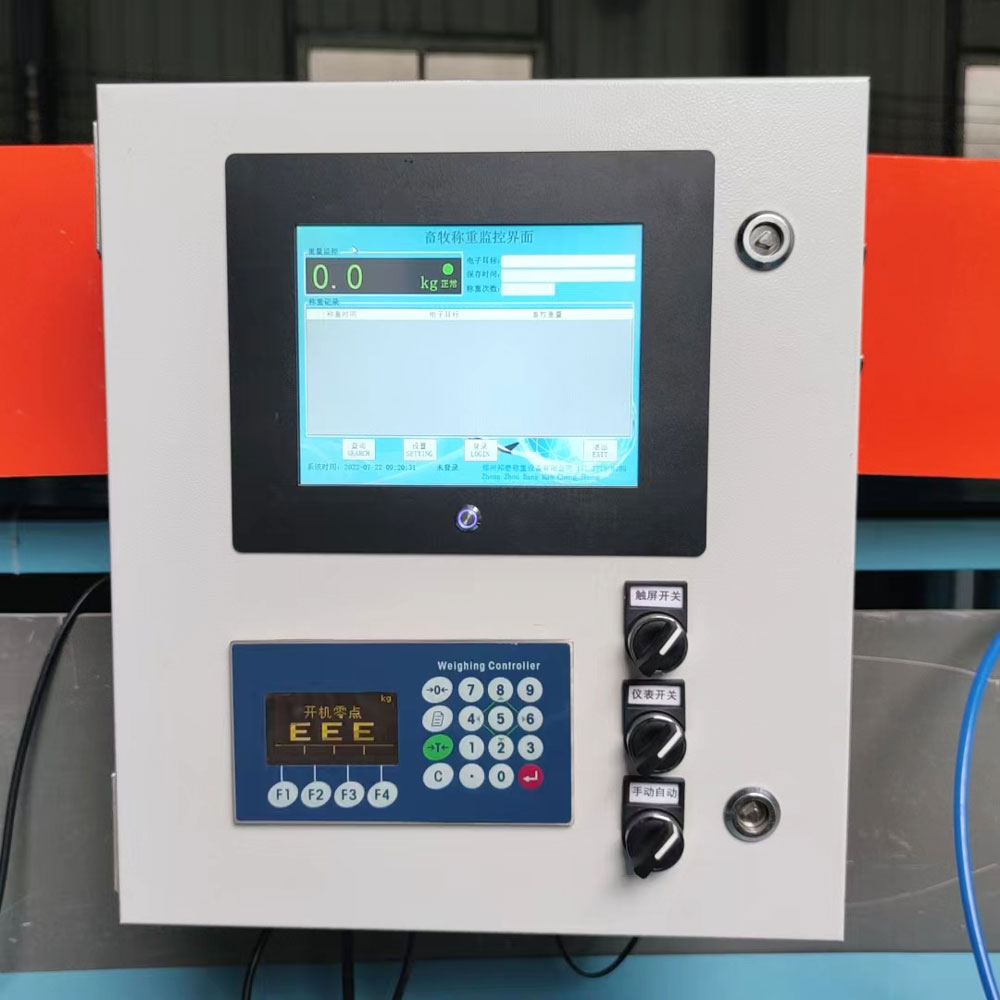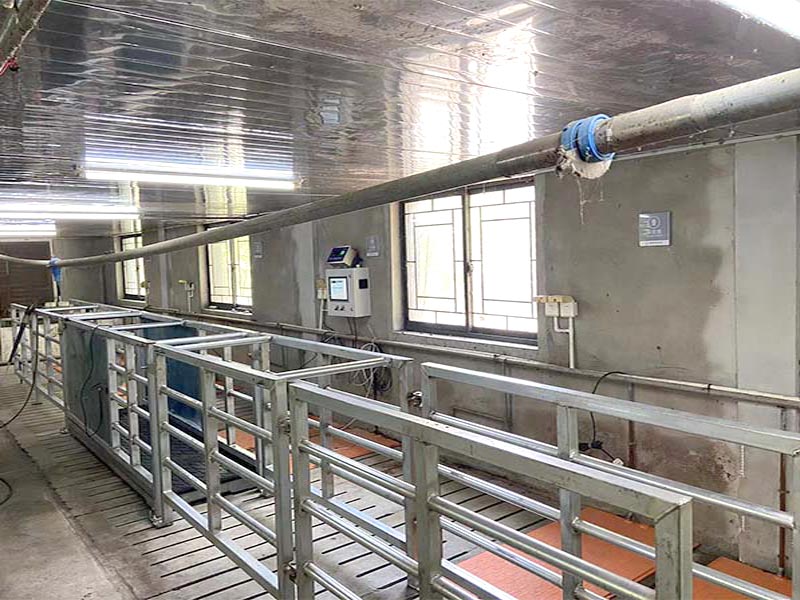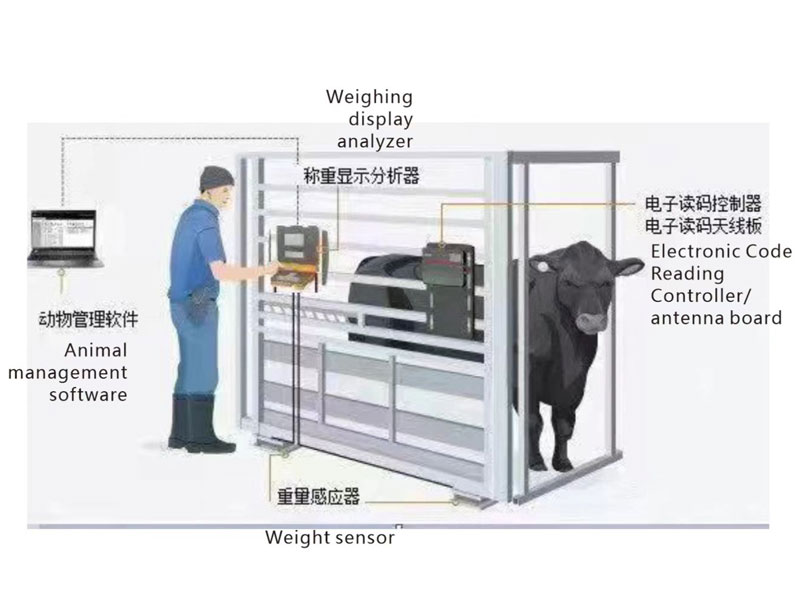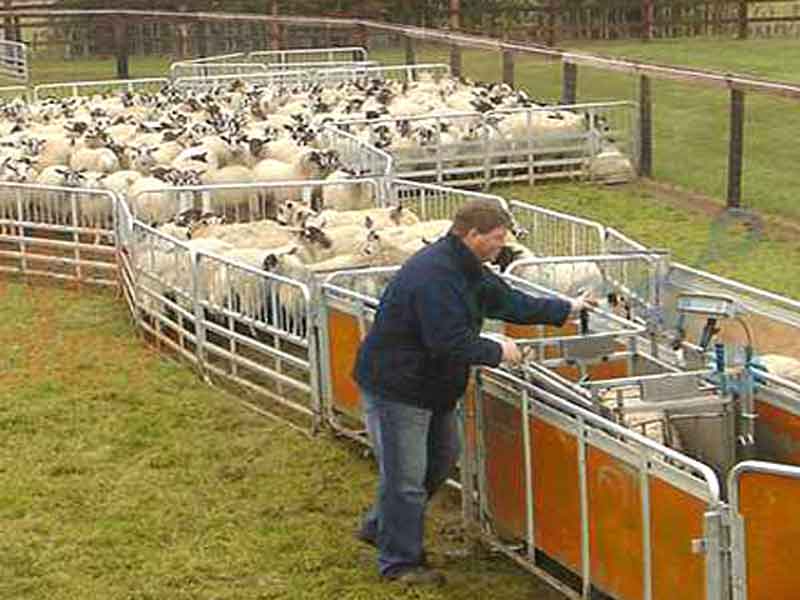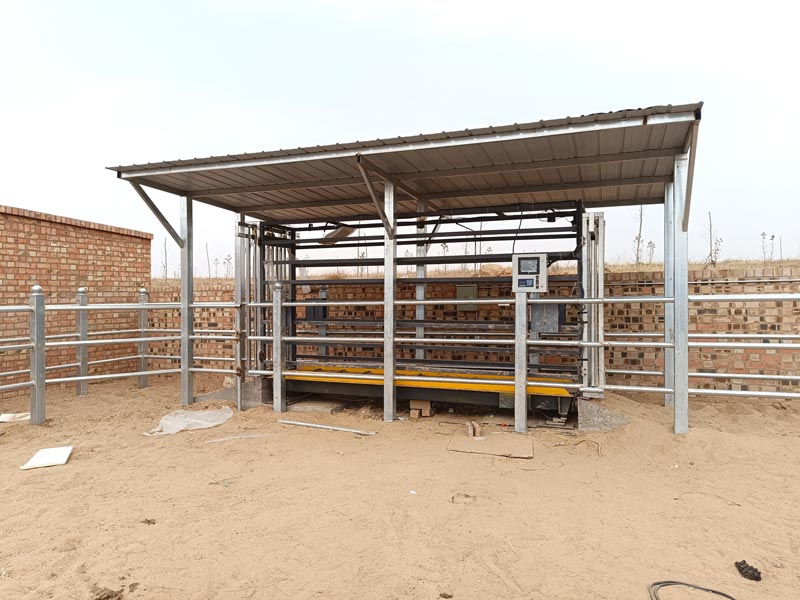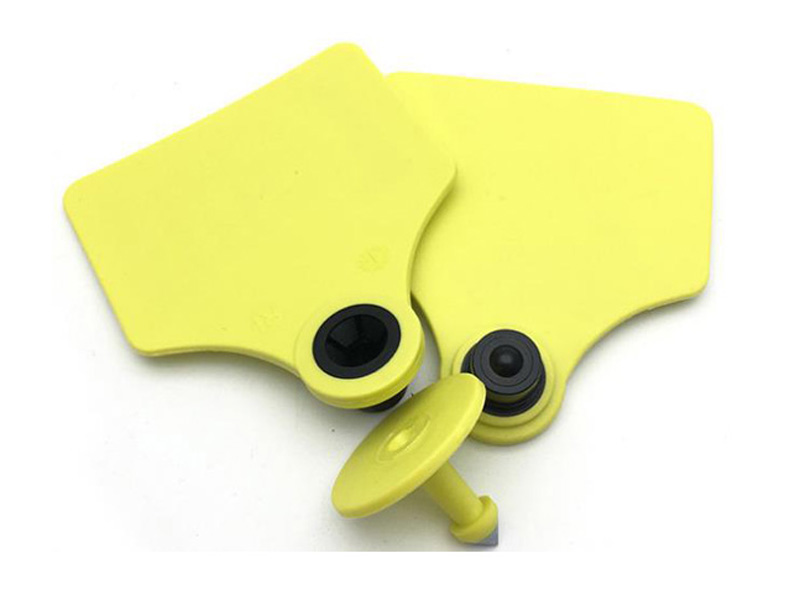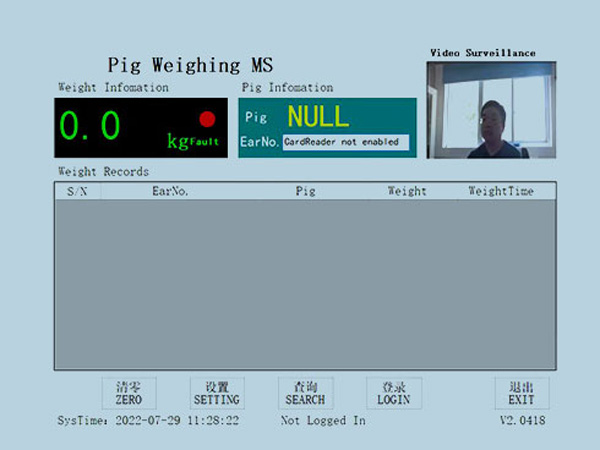What is a automatic check scale?
Automatic check weight scale, also known as the weight selection machine. Is a widely used in pharmaceutical, food, chemical and other industries of automatic weight inspection equipment production line. It can detect the overweight and underweight unqualified products in the production line in real time.
What is a check scale? Why use it?
What is a check scale? Why use it? This is a free guide. On the food processor. If you are in the food processing industry, checking scales is an important part of your quality control program.
Check the scale to weigh each product in motion. It sorts, counts, and rejects products that do not meet specifications, helping you meet throughput and legal requirements under reliable weight control.
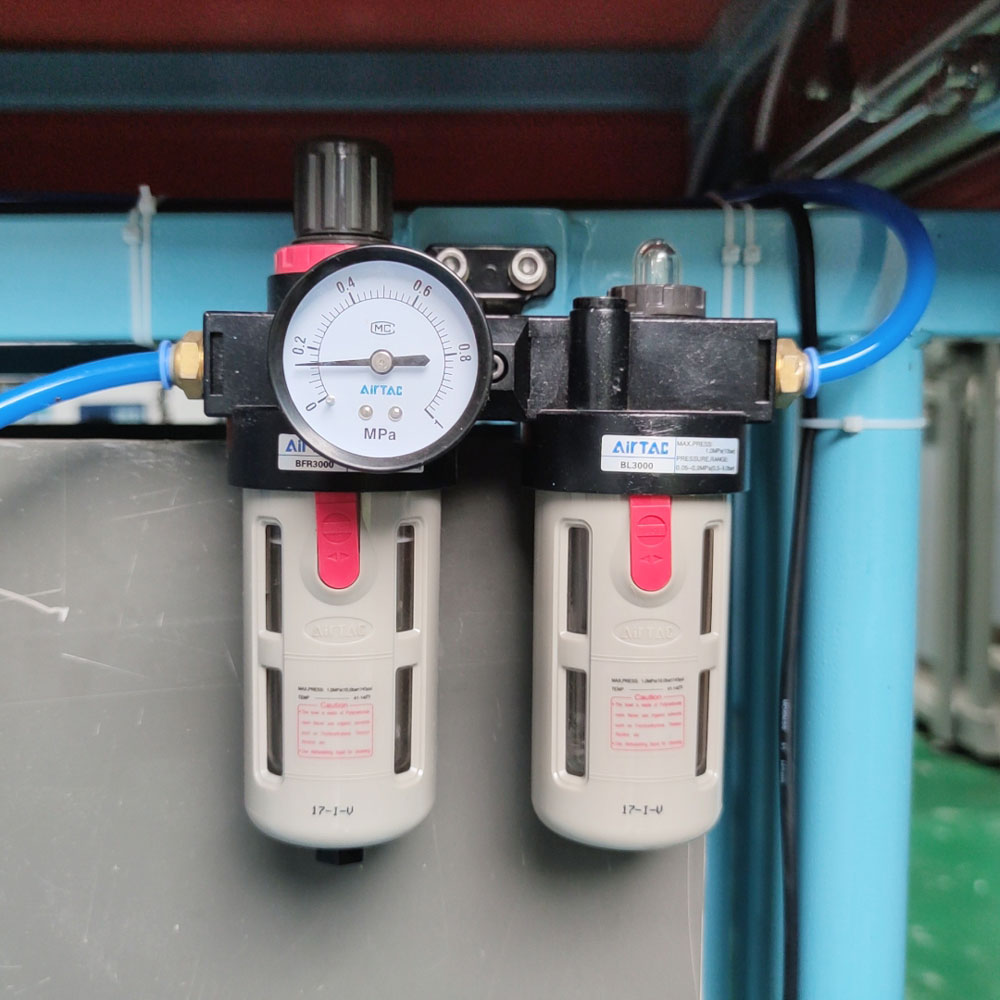
Here are some of the reasons food manufacturers use check scales:
Brand safety and meet consumer expectations. Providing consistently high quality products is key to protecting your brand and bottom line. That means knowing that the weight of the packaged product shipped matches the weight on the label. No one wants to open a half-filled or even empty package.
In the United States, the National Institute of Science and Technology (NIST) defines the maximum allowable variation for packaged products (refer to Manual 133 NIST Revision 2016). In Europe, the Measuring Instruments Directive (MID) regulates the performance of calibration scales used to weigh products sold to consumers. Other countries and regions have similar standards and requirements.
The efficiency of the plant. Checking scales helps improve equipment efficiency (OEE), monitors weight to reduce product wear and tear, maximizes efficiency, helps maintain consistent product throughput, and reduces rework.
Control your weight. Providing consistently high quality products is key to protecting your brand and bottom line. That means knowing that the weight of the packaged product shipped matches the weight on the label. The calibrator weighs the product in motion. It weighs, counts, and rejects products that do not meet specifications, which helps you meet throughput and legal requirements while providing reliable weight control.
Check the working principle of the weight scale
The packaging moves from the customer's discharge to the feed of the weight detector. Feed and weighing table conveying speed is the same
The package is weighed on the weighing unit of the weighing table
The packet is moved to the checkweight outlet and accepted or rejected according to the checkweight setting
If the product does not meet specifications, then it can be blown, pushed, or thrown off the conveyor belt and transferred to a "reject" bin or area where the operator can determine why reject and catch the processing equipment error before the product is shipped to the customer.
